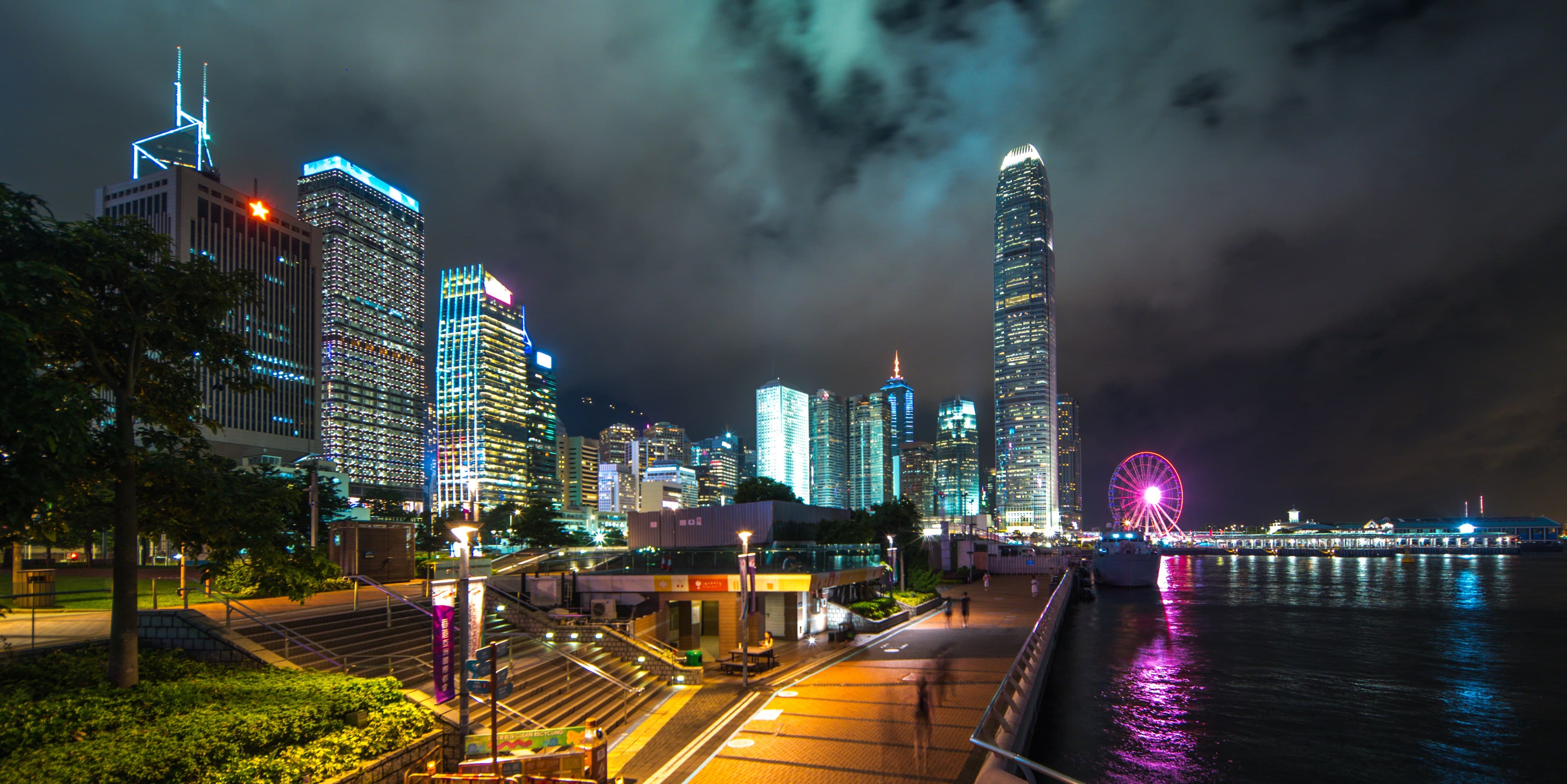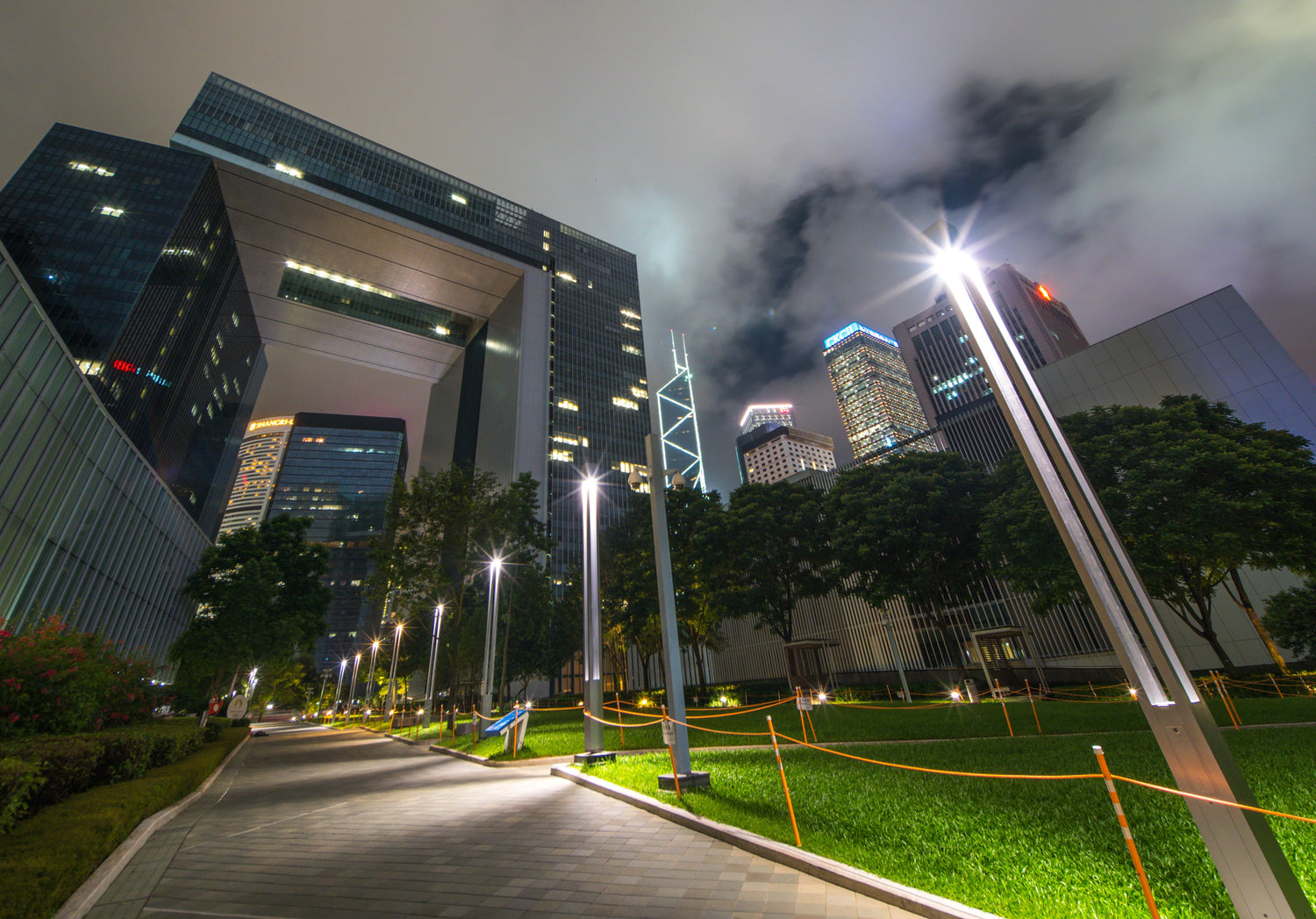
Hong Kong’s carbon neutrality target
What is carbon neutrality?
Carbon neutrality, as the name implies, is to neutralize carbon emissions to reduce the potential risks and harms of high carbon emissions. The definition is that the carbon dioxide emissions of enterprises, organizations or governments in a certain period of time are offset by the accumulated carbon reductions from tree planting, using renewable energy, etc., so that the carbon emissions in the atmosphere maintain the status quo without increasing or decreasing, and achieve "carbon emissions". "neutralized" state, so in addition to controlling carbon dioxide emissions, efforts must also be made to absorb carbon dioxide.
carbon neutrality goal
Chinese President Xi Jinping stated that the country will strive to achieve carbon peak before 2030 ("Emission Peak" means that carbon dioxide emissions have reached a peak, stopped growing, and then gradually fell back.), and by 2060 Achieve carbon neutrality before. To demonstrate Hong Kong's determination to achieve carbon neutrality , the government has announced that Hong Kong will strive to achieve carbon neutrality by 2050 and announced a medium-term carbon reduction target, striving to halve total carbon emissions from 2005 levels by 2035. , or emissions levels of about 40 million metric tons, fell to nearly 20 million metric tons in 2035. The government released the "Hong Kong Climate Action Blueprint 2050" in October 2021, setting four major carbon reduction strategies: "net-zero power generation", "energy-saving green buildings", "green transportation" and "waste reduction for all", and proposed medium-term goals. To help Hong Kong achieve carbon neutrality by 2050.
net zero generation
Net-zero in net-zero power generation does not mean no emissions at all, but offsets the carbon emissions caused by power generation through renewable energy development, energy transformation, waste recycling and other methods. The government will take the lead in increasing emissions in different buildings and facilities as much as possible. Install renewable energy systems (mainly solar energy), vigorously promote the development of renewable energy, and develop more advanced waste-to-energy facilities. In addition, the government has promised that coal will no longer be used for daily power generation on or before 2035 and will only be used for backup power generation. By then, coal-fired power generation will mainly be replaced by natural gas, zero-carbon energy, and renewable energy.
Energy saving and green building
As an international financial and commercial center, Hong Kong consumes a lot of energy when using air-conditioning, elevators, electric lights and various electrical appliances. Buildings account for about 90% of Hong Kong’s electricity consumption, and more than 60% of carbon emissions come from electricity production related to building energy consumption. Therefore, the Building Energy Efficiency Ordinance (Chapter 610) requires that new buildings and major renovation projects be Major building services installations (including air-conditioning installations, electrical installations, lift and escalator installations, and lighting installations) in existing buildings must comply with the basic energy efficiency standards of the Building Energy Efficiency Code.
Electrical appliances are indispensable in buildings, whether commercial or residential. The current mandatory energy labeling scheme covers eleven categories of prescribed products, including air conditioners, refrigeration appliances, compact fluorescent lamps, washing machines, dehumidifiers, televisions, and water storage. electric water heaters, induction cookers, LED lights, gas cooking stoves and instant gas water heaters. The authorities review the coverage of the mandatory energy labeling scheme and the rating standards for improving energy efficiency from time to time.
Green transportation
The Hong Kong government hopes to achieve the long-term goal of zero vehicle emissions and zero carbon emissions in the transportation sector by 2050 through the electrification of vehicles and ferries, the development of new energy vehicles, and improved traffic management measures.
Waste reduction for all
Carbon emissions from waste currently account for about 7% of Hong Kong's carbon emissions, most of which come from greenhouse gases produced by the decomposition of waste in landfills. In the "Hong Kong Resource Recycling Blueprint 2035" announced at the beginning of this year, the government advocates the vision of "universal waste reduction, resource recycling, and zero waste landfill", sets per capita disposal and recycling targets, and develops adequate waste conversion Energy facilities, hoping to get rid of dependence on landfills to handle domestic waste by 2035.
Hong Kong Energy Audit Emission Reduction Recommendations
In addition to providing energy audit services, we at Hong Kong Energy Audit (HKEA) also provide energy efficiency optimization suggestions to individual companies or property owners. For example, brands renting multiple stores for business can also use our registered energy efficiency assessors. The suggestions are comprehensive for all stores to reduce emissions and save energy, and save electricity bills. Please feel free to contact us at any time to inquire about related services.

HKEA Audit Team Qualifications:
1. More than 13 years of experience in the field of sustainable development, focusing on energy performance optimization.
2. Possess the qualification of Registered Energy Assessor (REA) and have rich background in building services engineering.
3. Expertise in implementing and optimizing energy efficiency measures in building systems.
4. Chartered Engineer with extensive technical and practical knowledge.
5. Member of the Hong Kong Green Building Council (HKGBC) committee, contributing to industry standards and practices.
6. Guest lecturer at the Chinese University of Hong Kong (CUHK) and the University of Hong Kong (HKU) to cultivate future industry leaders.
7. Actively participate in public speaking and present at industry seminars.
8. Published many papers and articles on sustainable development.
9. Proven track record of leading successful sustainability projects and achieving significant energy savings.
10. Passionate about driving innovation and continuous improvement in the field of sustainable development.
Blog
View all-

【碳排放與空氣污染的區別】
在當代環境議題中,「碳排放」與「空氣污染」是兩個經常被提及的關鍵詞,但它們的定義、成因及影響卻有所不同。許多人容易將兩者混為一談,然而,碳排放主要與氣候變化相關,而空氣污染則直接影響人類健康與生態系統。我們將從定義、來源、影響及治理措施等方面,系統性分析碳排放與空氣污染的區別,並探討兩者之間的關聯性。
【碳排放與空氣污染的區別】
在當代環境議題中,「碳排放」與「空氣污染」是兩個經常被提及的關鍵詞,但它們的定義、成因及影響卻有所不同。許多人容易將兩者混為一談,然而,碳排放主要與氣候變化相關,而空氣污染則直接影響人類健康與生態系統。我們將從定義、來源、影響及治理措施等方面,系統性分析碳排放與空氣污染的區別,並探討兩者之間的關聯性。
-

【LED照明革命 節省出驚人的電費開支】
LED的核心優勢在於其顛覆性的光電轉換效率。傳統照明如同燃燒金錢,鎢絲燈將90%的電能浪費為無用的熱能,節能燈(CFL)的損耗也高達75%,而LED如同一名精密的光學工程師,能將40%-50%的電能轉化為純淨光能,在同等亮度下,一盞100瓦的鎢絲燈可被14瓦的節能燈替代,而LED僅需10瓦,這意味著商業空間若全面替換LED,照明功耗可直接削減60%-80%,如同為電費賬單安裝了一道無形的截流閘門。
【LED照明革命 節省出驚人的電費開支】
LED的核心優勢在於其顛覆性的光電轉換效率。傳統照明如同燃燒金錢,鎢絲燈將90%的電能浪費為無用的熱能,節能燈(CFL)的損耗也高達75%,而LED如同一名精密的光學工程師,能將40%-50%的電能轉化為純淨光能,在同等亮度下,一盞100瓦的鎢絲燈可被14瓦的節能燈替代,而LED僅需10瓦,這意味著商業空間若全面替換LED,照明功耗可直接削減60%-80%,如同為電費賬單安裝了一道無形的截流閘門。
-

【改善建築物的出租表現 綠建認證3線推動】
在商業地產市場的激烈競爭中,建築物的出租表現已不再僅由地段與租金單價主導。隨著全球ESG浪潮的推進,以及企業對可持續性經營的剛需,綠色建築認證正成為重塑建築物競爭力的關鍵引擎。從香港綠建認證體系BEAM Plus到國際綠建認證 LEED及WELL標準,這些評鑑機制不僅是技術標準的驗證,更是一套系統化的價值轉換工具——透過提升建築物的環境績效、健康品質與運營透明度,直接對接租戶的永續發展目標,進而在招商、留客與品牌溢價三大層面創造差異化優勢。
【改善建築物的出租表現 綠建認證3線推動】
在商業地產市場的激烈競爭中,建築物的出租表現已不再僅由地段與租金單價主導。隨著全球ESG浪潮的推進,以及企業對可持續性經營的剛需,綠色建築認證正成為重塑建築物競爭力的關鍵引擎。從香港綠建認證體系BEAM Plus到國際綠建認證 LEED及WELL標準,這些評鑑機制不僅是技術標準的驗證,更是一套系統化的價值轉換工具——透過提升建築物的環境績效、健康品質與運營透明度,直接對接租戶的永續發展目標,進而在招商、留客與品牌溢價三大層面創造差異化優勢。



